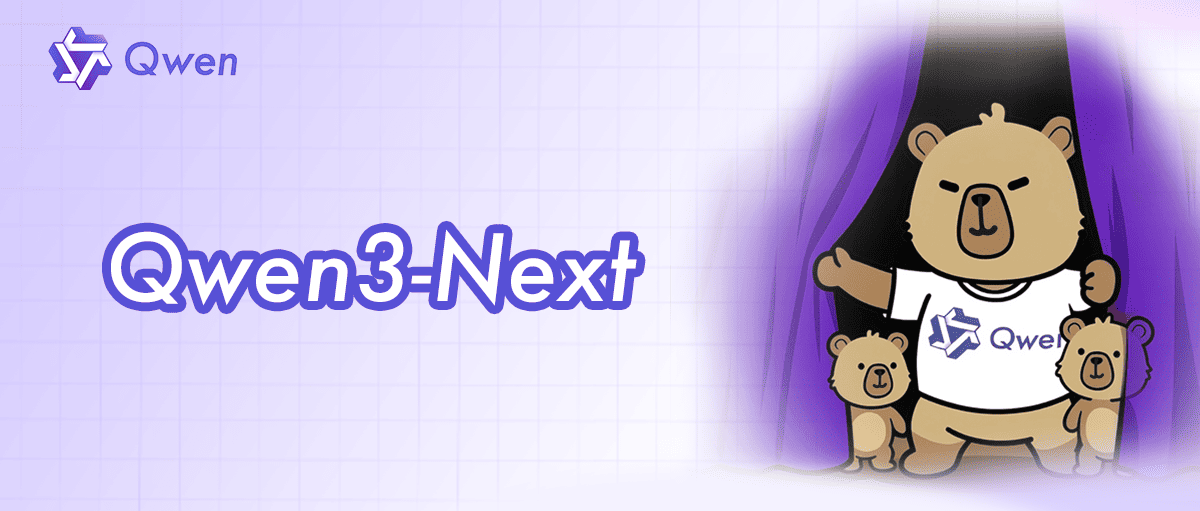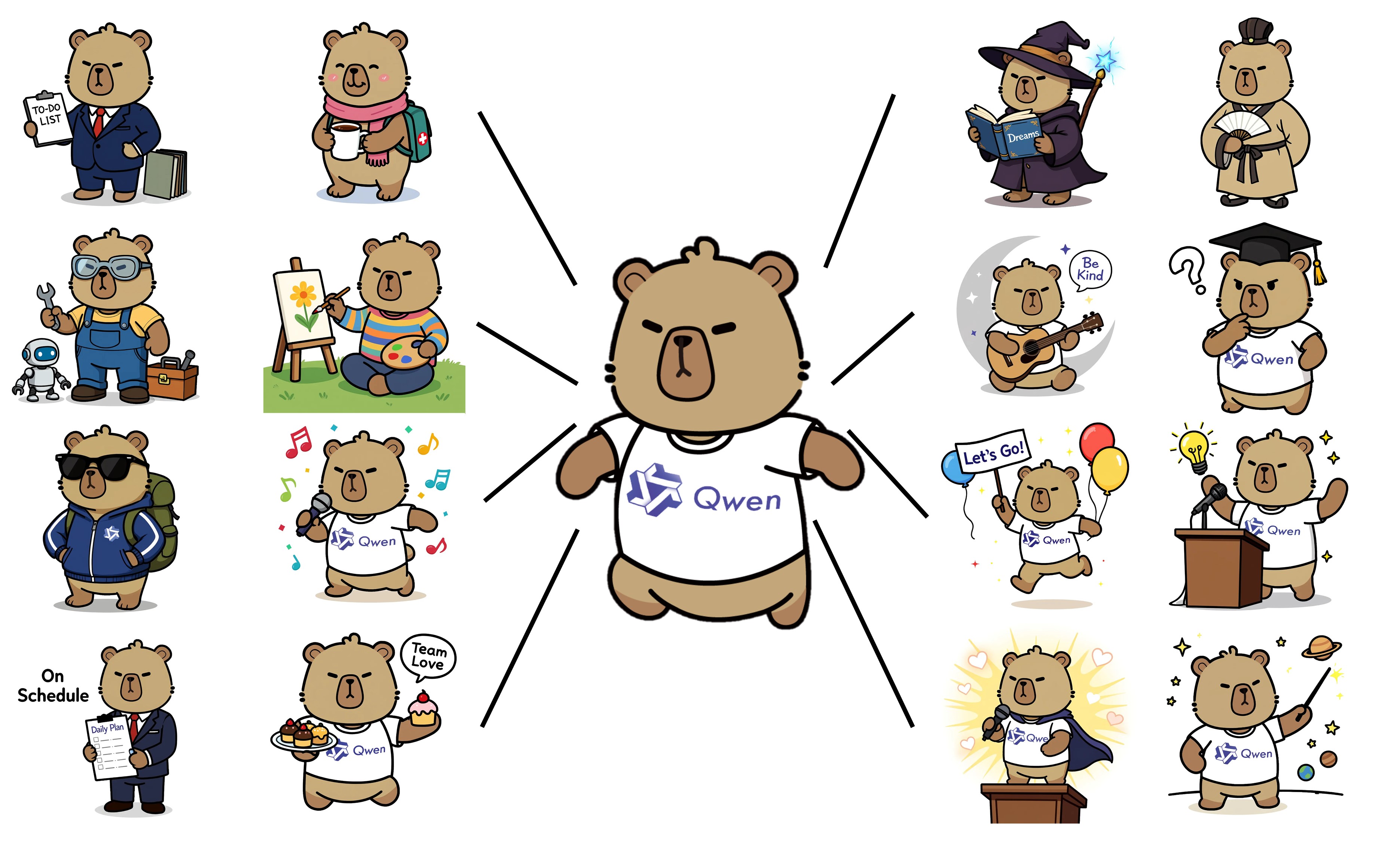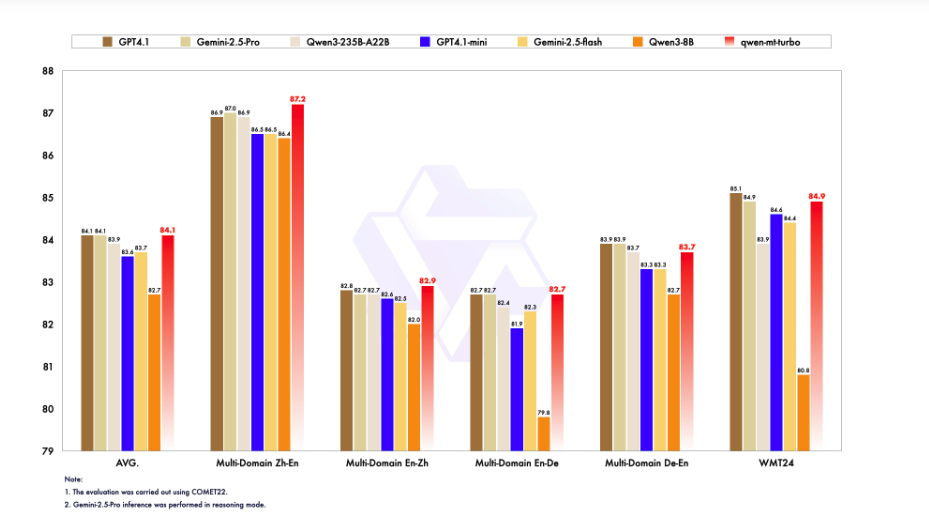InternLM-XComposer-2.5-OmniLive(浦语·灵笔2.5)中文教程:多模态AI模型从入门到实践 | 图像/视频/音频处理
6 min read

模型介绍
InternLM-XComposer-2.5-OmniLive 是上海人工智能实验室开发的新一代多模态大模型,支持图像、视频、音频等多模态输入,具备强大的多模态理解与生成能力。该模型在多个权威基准测试中展现出卓越性能。
主要特点
- 多模态理解:支持图像、视频、音频等多种输入形式
- 实时互动:支持实时音视频流处理和人机交互
- 开源可商用:采用 Apache 2.0 协议,支持商业应用
- 性能优异:在多个基准测试中取得领先成绩
安装配置
环境要求
- Python >= 3.8
- PyTorch >= 1.12 (推荐 2.0+)
- CUDA >= 11.4 (GPU用户)
- flash-attention2 (用于高分辨率处理)
安装步骤
- 创建并激活虚拟环境:
conda create -n xcomposer python=3.8 -y
conda activate xcomposer- 安装 PyTorch:
pip3 install torch torchvision torchaudio- 安装依赖:
pip install -r requirements.txtDocker 安装
也可以使用官方提供的 Docker 镜像快速部署:
docker pull yhcao6/ixc2.5-ol:latest快速开始
第一步:克隆仓库
git clone https://github.com/InternLM/InternLM-XComposer.git
cd InternLM-XComposer/InternLM-XComposer-2.5-OmniLive第二步:下载模型
huggingface-cli download internlm/internlm-xcomposer2d5-ol-7b \
--local-dir internlm-xcomposer2d5-ol-7b \
--local-dir-use-symlinks False \
--resume-download基础使用
InternLM-XComposer-2.5-OmniLive 提供了多种使用方式,下面我们将介绍几种常见场景的使用方法。
方式一:使用示例脚本
模型提供了三种场景的示例脚本:
音频模型推理
python examples/infer_audio.py基础模型推理
python examples/infer_llm_base.py带记忆的模型推理
python examples/merge_lora.py
python examples/infer_llm_with_memory.py方式二:在代码中使用
音频理解示例
import os
os.environ['USE_HF'] = 'True'
import torch
from swift.llm import (
get_model_tokenizer, get_template, ModelType,
get_default_template_type, inference
)
# 初始化模型
model_type = ModelType.qwen2_audio_7b_instruct
model_id_or_path = 'internlm/internlm-xcomposer2d5-ol-7b'
template_type = get_default_template_type(model_type)
model, tokenizer = get_model_tokenizer(
model_type,
torch.float16,
model_id_or_path=model_id_or_path,
model_kwargs={'device_map': 'cuda:0'}
)
model.generation_config.max_new_tokens = 256
template = get_template(template_type, tokenizer)
# 中文语音识别示例
query = '<audio>Detect the language and recognize the speech.'
response, _ = inference(model, template, query, audios='examples/audios/chinese.mp3')
print(f'query: {query}')
print(f'response: {response}')图像理解示例
import torch
from transformers import AutoModel, AutoTokenizer
torch.set_grad_enabled(False)
# 初始化模型和分词器
model = AutoModel.from_pretrained(
'internlm/internlm-xcomposer2d5-ol-7b',
model_dir='base',
torch_dtype=torch.bfloat16,
trust_remote_code=True
).cuda().eval().half()
tokenizer = AutoTokenizer.from_pretrained(
'internlm/internlm-xcomposer2d5-ol-7b',
model_dir='base',
trust_remote_code=True
)
model.tokenizer = tokenizer
# 图像分析示例
query = 'Analyze the given image in a detail manner'
image = ['examples/images/dubai.png']
with torch.autocast(device_type='cuda', dtype=torch.float16):
response, _ = model.chat(tokenizer, query, image, do_sample=False, num_beams=3, use_meta=True)
print(response)音频理解
import os
os.environ['USE_HF'] = 'True'
import torch
from swift.llm import (
get_model_tokenizer, get_template, ModelType,
get_default_template_type, inference
)
model_type = ModelType.qwen2_audio_7b_instruct
model_id_or_path = 'internlm/internlm-xcomposer2d5-ol-7b'
template_type = get_default_template_type(model_type)
model, tokenizer = get_model_tokenizer(
model_type,
torch.float16,
model_id_or_path=model_id_or_path,
model_kwargs={'device_map': 'cuda:0'}
)
model.generation_config.max_new_tokens = 256
template = get_template(template_type, tokenizer)
# 中文语音识别示例
query = '<audio>Detect the language and recognize the speech.'
response, _ = inference(model, template, query, audios='examples/audios/chinese.mp3')
print(f'query: {query}')
print(f'response: {response}')图像理解
import torch
from transformers import AutoModel, AutoTokenizer
torch.set_grad_enabled(False)
# 初始化模型和分词器
model = AutoModel.from_pretrained(
'internlm/internlm-xcomposer2d5-ol-7b',
model_dir='base',
torch_dtype=torch.bfloat16,
trust_remote_code=True
).cuda().eval().half()
tokenizer = AutoTokenizer.from_pretrained(
'internlm/internlm-xcomposer2d5-ol-7b',
model_dir='base',
trust_remote_code=True
)
model.tokenizer = tokenizer
# 图像分析示例
query = 'Analyze the given image in a detail manner'
image = ['examples/images/dubai.png']
with torch.autocast(device_type='cuda', dtype=torch.float16):
response, _ = model.chat(tokenizer, query, image, do_sample=False, num_beams=3, use_meta=True)
print(response)性能评测
语音识别性能
在 WenetSpeech 和 LibriSpeech 基准测试上的表现:
| Method | LLM | Wenetspeech | Librispeech | ||||
|---|---|---|---|---|---|---|---|
| Test_Net | Test_Meeting | Dev_Clean | Dev_Other | Test_Clean | Test_Other | ||
| IXC2.5-OL | Qwen2-1.5B | 9.0 | 9.2 | 2.5 | 5.7 | 2.6 | 5.8 |
视频理解性能
在 MLVU 基准测试上的表现:
| Method | Params | Topic Rea. | Anomaly Recog. | Needle QA | Ego Rea. | Plot QA | Action Or. | Action Co. | M-Avg |
|---|---|---|---|---|---|---|---|---|---|
| IXC2.5-OL | 7B | 84.1 | 68.5 | 76.6 | 60.8 | 75.1 | 57.1 | 41.3 | 66.2 |
高级应用
多轮对话
# 初始化对话
history = []
# 第一轮对话
query = "这张图片拍摄于什么季节?"
response, history = model.chat(tokenizer, query, image, history=history)
# 第二轮对话
query = "你能看出是在哪个城市吗?"
response, history = model.chat(tokenizer, query, image, history=history)多模态混合输入
# 图像+文本混合输入
query = "比较这两张图片的异同"
response = model.chat(tokenizer, query, images=[image1, image2])
# 视频+音频混合输入
response = model.chat(tokenizer, query, video=video_frames, audio=audio_data)最佳实践
-
输入预处理
- 图像尺寸建议:224x224 至 448x448
- 视频帧率:建议抽取 8-16 帧
- 音频采样率:16kHz
-
性能优化
- 使用半精度(FP16)推理
- 批量处理提高吞吐量
- 合理设置上下文长度
-
显存管理
- 7B 模型建议显存 ≥16GB
- 及时清理显存缓存
- 使用梯度检查点
常见问题
-
显存不足
- 解决方案:降低批处理大小、使用梯度检查点
- 使用 CPU 推理模式
-
推理速度慢
- 检查是否启用 GPU 加速
- 优化输入数据预处理
- 考虑使用量化版本
相关资源
更多文章

Qwen3-Next 系列全解析:80B-A3B 的混合架构,Instruct 与 Thinking 双线能力进化

DeepSeek V3.1:混合推理、强劲编程与 Agent 能力,支持Claude Code,性价比再升级

Qwen-Image-Edit 图像编辑介绍与 ComfyUI 使用指南

沉浸式翻译插件重大安全漏洞:网页快照功能导致用户敏感信息大规模泄露

GLM-4.5技术报告与应用体验:国产智能体大模型新标杆

Win11Debloat 深度指南:一键精简 Windows 11,告别臃肿,提升系统性能

阿里Qwen-MT翻译模型重磅升级:92种语言、秒级响应,挑战GPT-4翻译霸主地位

Kimi K2如何凭借三大创新炼成万亿开源模型?

Docker运行macOS教程:Linux系统完整配置与部署指南